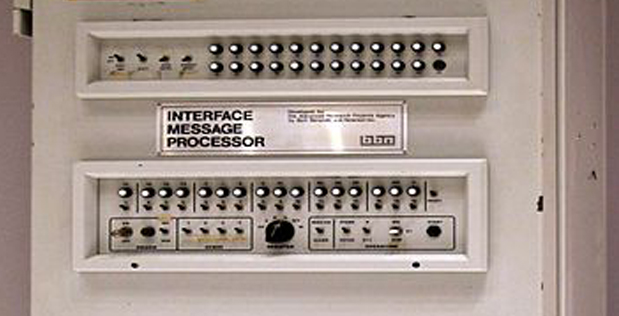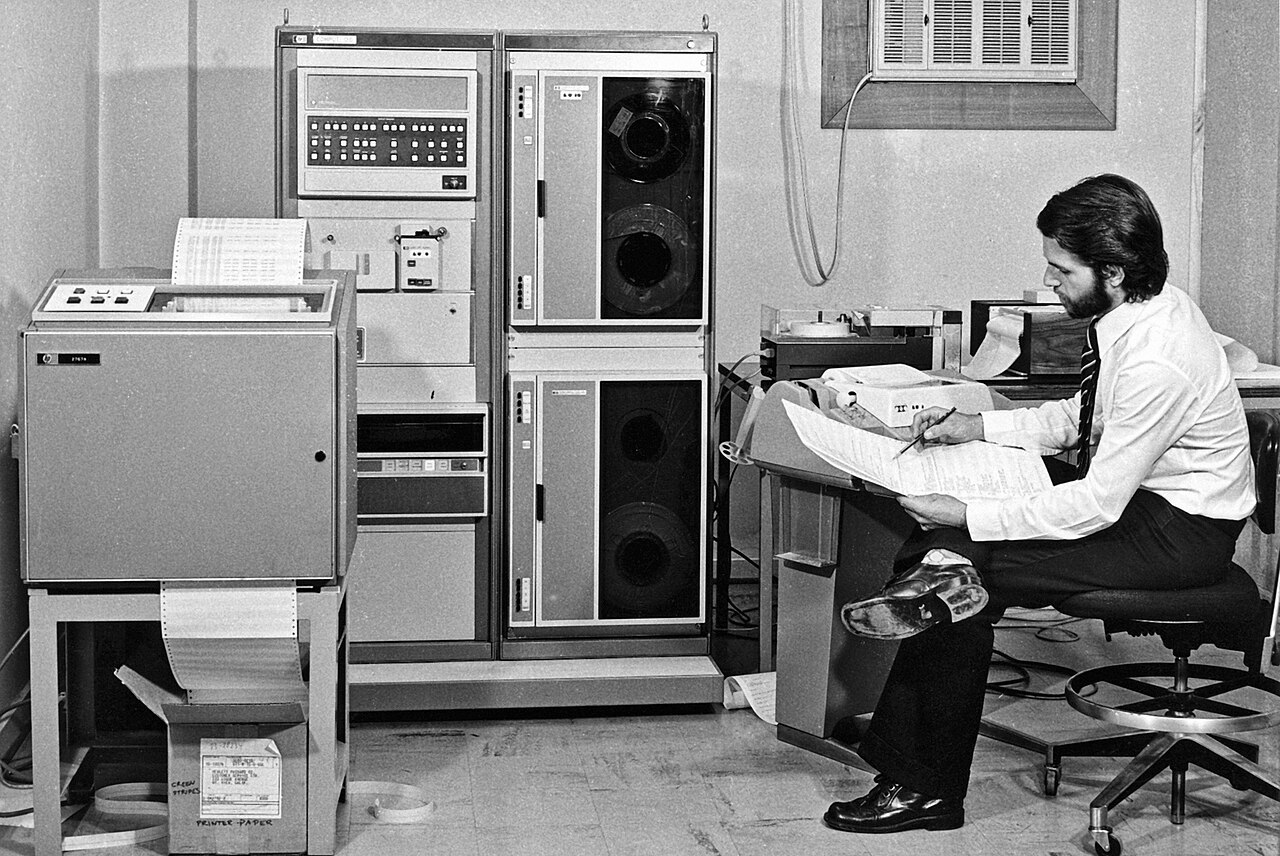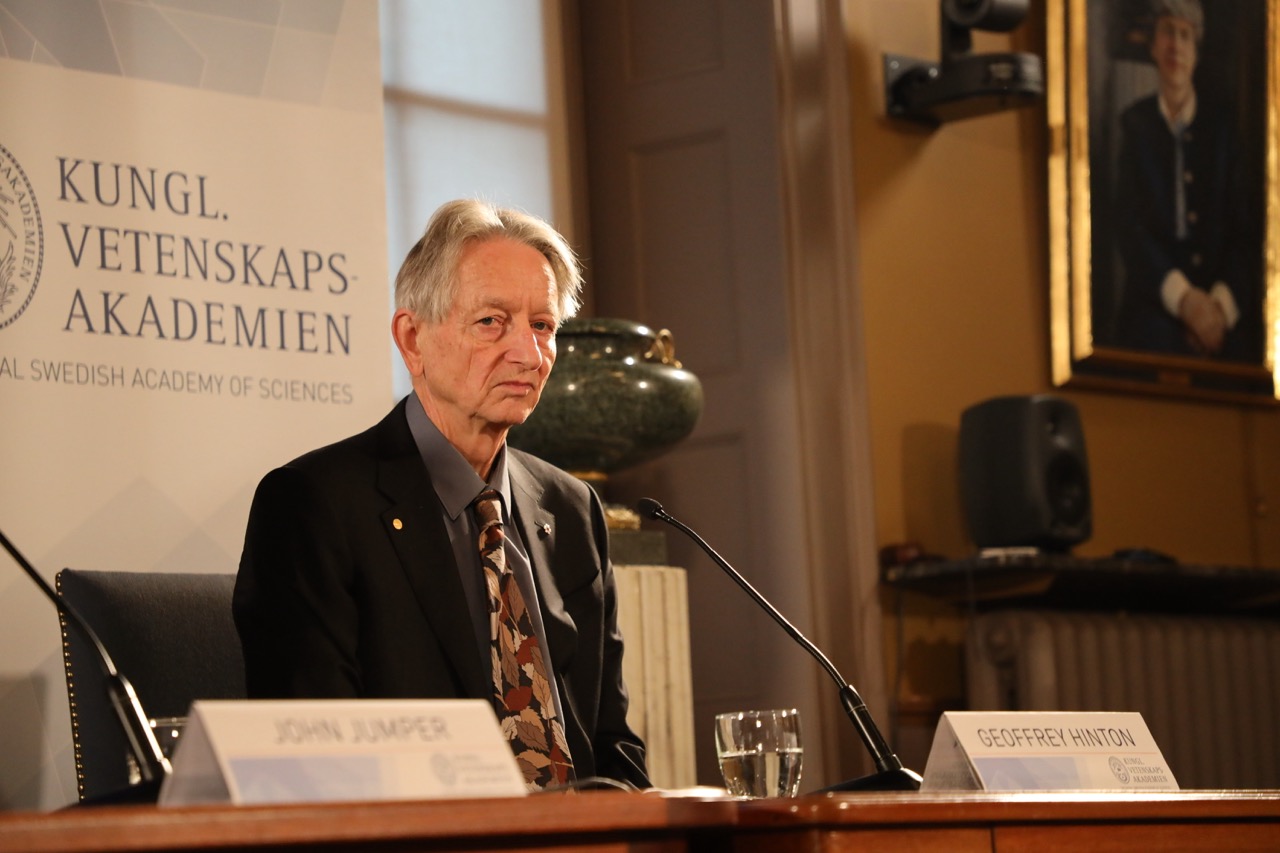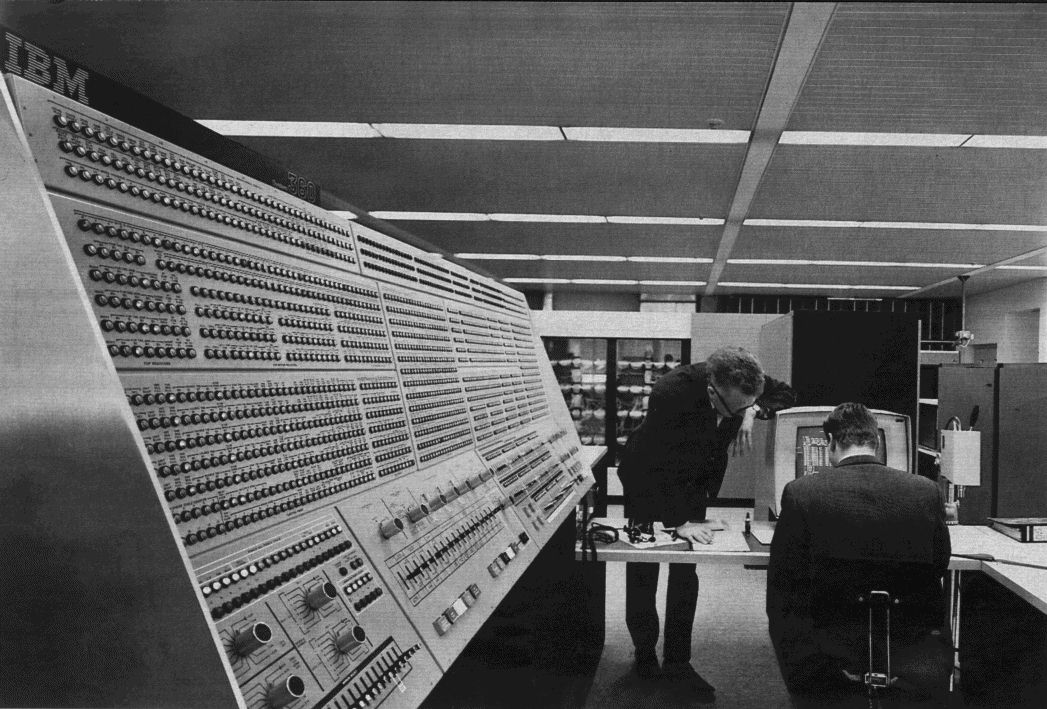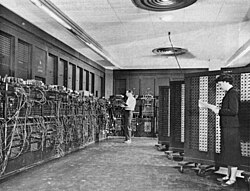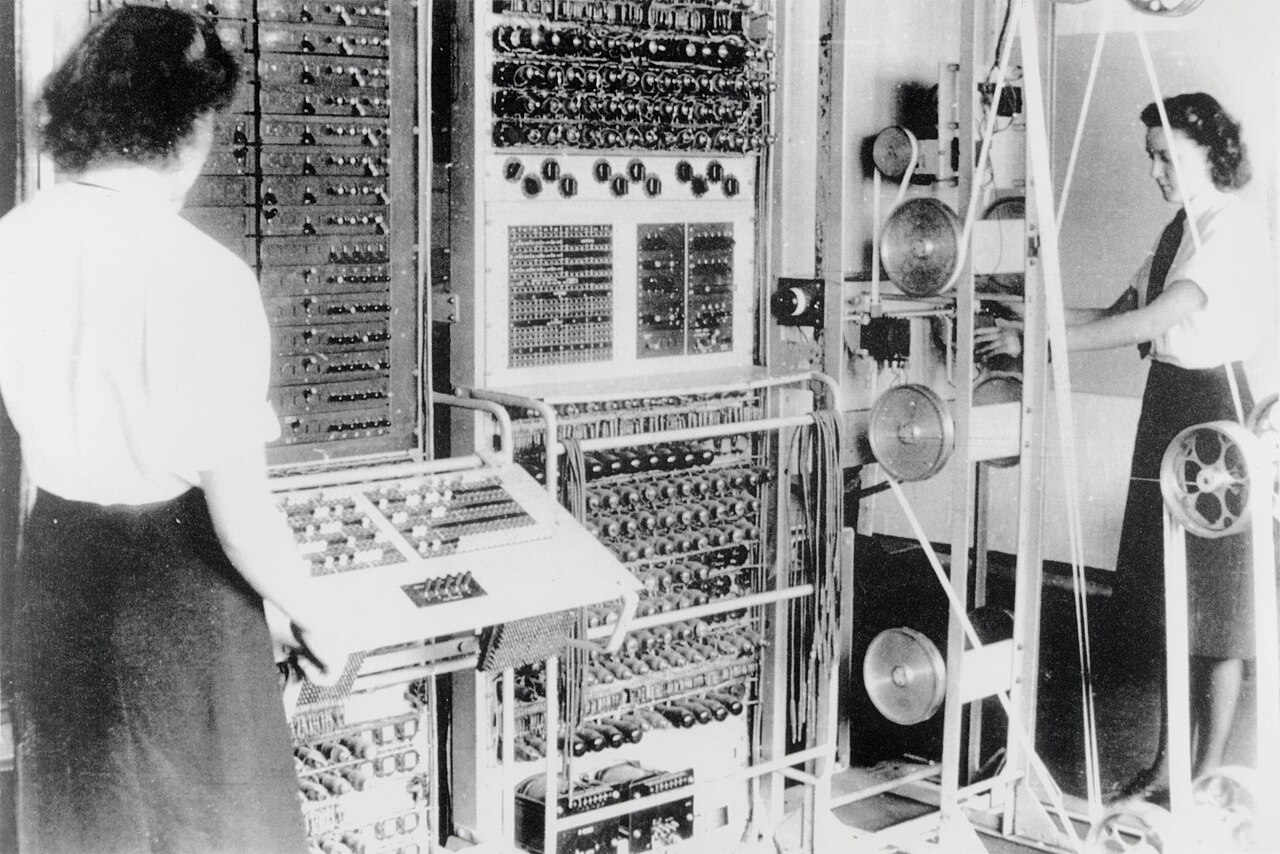To understand why the computer age didn't dawn in Victorian London, you have to understand the tragic genius of Charles Babbage. If Ada Lovelace was the prophet of the digital age, seeing the soul in the machine, Babbage was its tormented architect—a man who drew the blueprints for a future he could not build, haunted by a vision no one else could fully see. His story is a powerful lesson in what happens when a revolutionary idea arrives a century too early.
It all began with a simple, maddening frustration: human error. In the early 19th century, the modern world was being built on tables of numbers. Logarithms for navigation, astronomical charts for sailors, engineering tables for bridges and canals. These were the essential software of the industrial age. But they were all calculated by hand, by armies of clerks known as "computers," and they were riddled with mistakes. A single misplaced digit could wreck a calculation, send a ship off course, or doom an engineering project. For Babbage, a founding member of the Royal Astronomical Society and a man obsessed with precision, this was an intolerable flaw in the engine of progress.
"I wish to God these calculations had been executed by steam!" he famously exclaimed in frustration to a colleague.¹ It was a half-joking remark that would ignite a lifelong obsession. Why rely on fallible human minds when you could delegate the drudgery of calculation to the unerring certainty of a machine?
His first answer was the Difference Engine. It was a colossal undertaking: a calculator cast in iron and brass, designed to automate the production of those error-prone tables. It was a machine with a single, highly specialized purpose, but its design was breathtaking. Composed of thousands of interlocking gears and rods, it was designed to operate with the precision of a watchmaker on the scale of a locomotive. It was pure, brute-force clockwork logic. The British government, seeing its immense practical value, agreed to fund the project, and Babbage set out to build his masterpiece.²
But the Difference Engine was where Babbage’s genius became his own worst enemy. As he labored over its construction, a far grander idea began to take shape in his mind. The Difference Engine was a specialist, built for one job. But what if he could design a machine that could perform any calculation? A machine that could be programmed to change its function on command?
He abandoned the nearly complete Difference Engine and turned his full attention to this new vision: the Analytical Engine. This was the leap. This was the invention of the computer.
The Analytical Engine existed only in thousands of pages of meticulous, intricate drawings, but its design is uncannily modern. It had a "Store" where numbers could be held for later use—what we would call memory. It had a "Mill" that would perform the arithmetic operations—a central processing unit (CPU). It could make decisions, jumping to different instructions based on the results of a calculation. And crucially, it was programmable. Babbage borrowed the idea from the Jacquard loom, which used cards with punched holes to control the weaving of complex patterns in textiles. Babbage realized he could use the same method to control the "weaving" of numbers.³ The machine could be fed a stack of cards, and it would execute a sequence of instructions, a program, to solve any problem you could define for it.
This was the machine that so captivated Ada Lovelace. She saw its universal potential, its ability to manipulate any symbol, not just numbers. But Babbage, the engineer, remained grounded in the monumental challenge of its construction. He poured his own fortune into the project after government funding dried up. He battled with his engineers, endlessly refined his designs, and railed against an establishment that could not grasp the magnitude of what he was proposing. The world saw an expensive, failed calculator; Babbage saw a future of automated thought.
But the world wasn't ready. The technology of his day could barely produce the thousands of perfectly machined, identical components his Engine required. His vision had outrun the industrial capacity of his era. The Analytical Engine was never built. Babbage died a bitter and disappointed man, his greatest work known only to a small circle of admirers. His revolution in logic, the detailed architecture of the digital age, was packed away and forgotten for nearly a hundred years.
His designs were not a fantasy. In 2002, a team at the London Science Museum, working from his original plans, finally built his Difference Engine No. 2. It consists of 8,000 parts, weighs five tons, and it works. Perfectly.⁴ The hardware was possible. The logic was sound. All that was missing was a reason.
The world of Victorian England had no urgent, existential need for a programmable computing machine. But that was about to change. The gears of history were turning toward a global conflict that would be fought not just with ships and soldiers, but with information. A secret war of whispers and codes was coming, a war that would create a problem so complex, so time-sensitive, that it would force the ideas of Babbage and Lovelace out of the dusty archives and into the desperate, brilliant hands of a new generation. A question would emerge that only a machine could answer: "Can machines think?" And the man who would resurrect that question would change the world forever.
Citations:
¹ Babbage, Charles. Passages from the Life of a Philosopher. 1864. An autobiography offering direct insight into his mind and motivations. Available to read online via Project Gutenberg.
² Swade, Doron. The Difference Engine: Charles Babbage and the Quest to Build the First Computer. Viking, 2001. The definitive account of the Difference Engine and its modern construction. Available at major booksellers.
³ Hyman, Anthony. Charles Babbage: Pioneer of the Computer. Princeton University Press, 1982. A foundational biography on Babbage and his work. Available for purchase or at your library.
⁴ London Science Museum. "The Babbage Engine." This page details the museum's successful project to build the Difference Engine from Babbage's original 19th-century designs. Read about the project here.
_School_-_Charles_Babbage_(1792%E2%80%931871)_-_814168_-_National_Trust.jpg)
.png)




.jpg)
